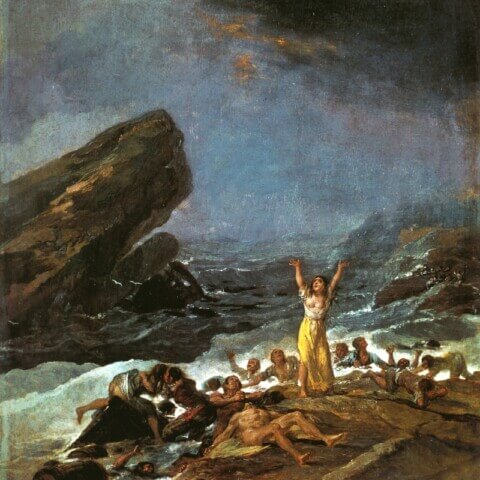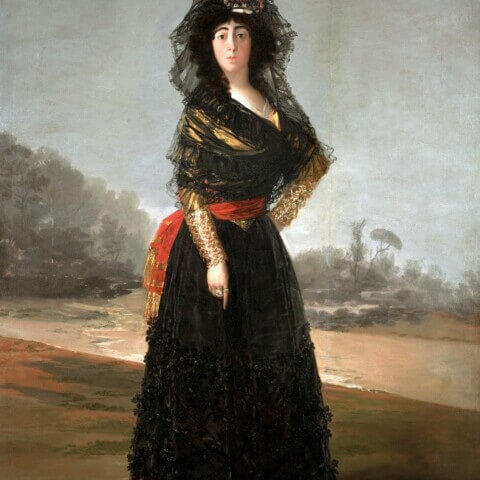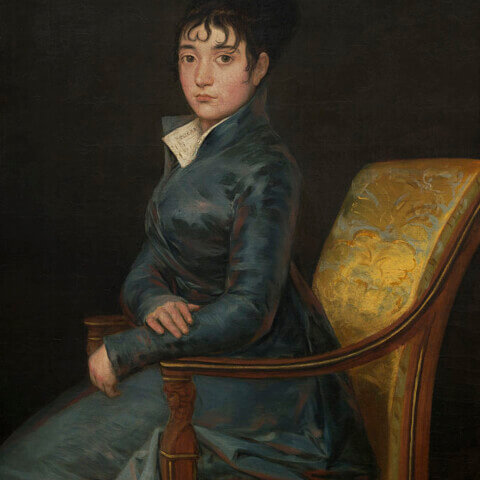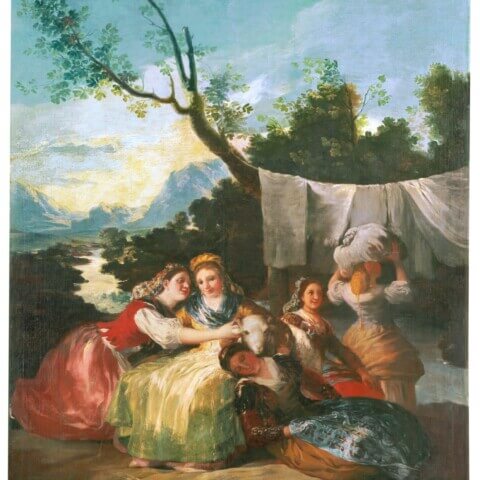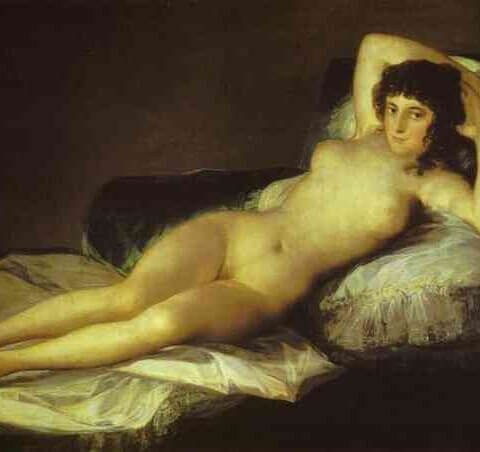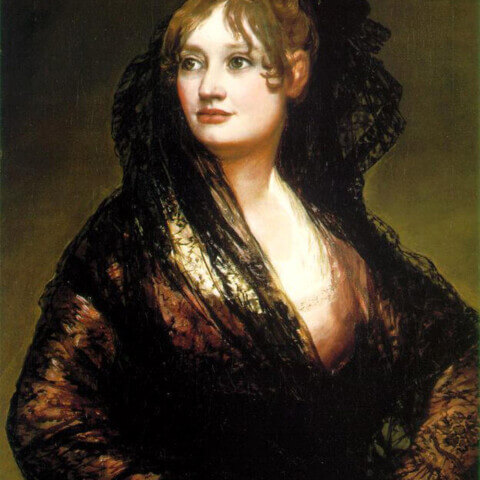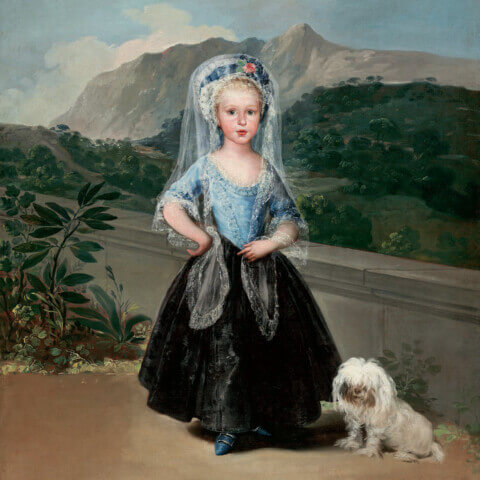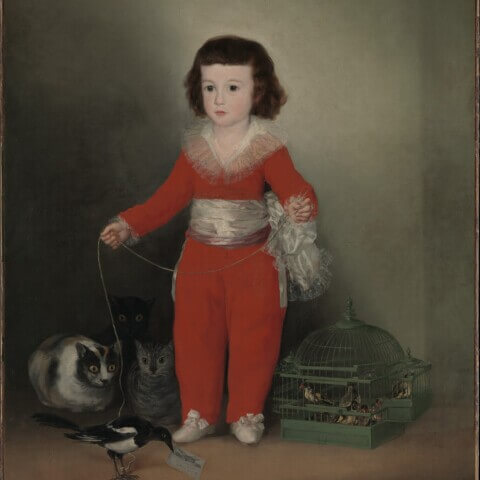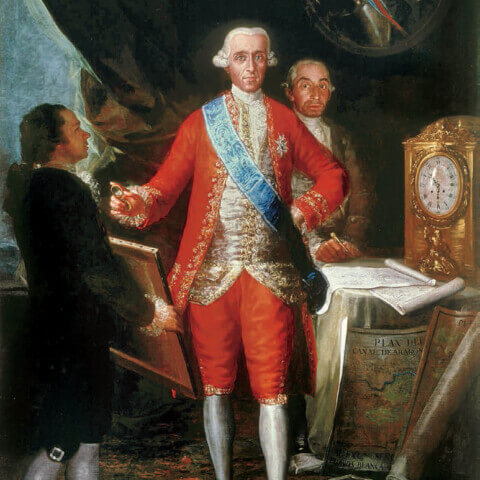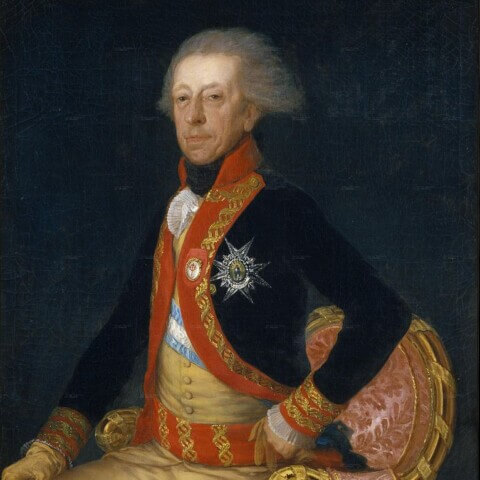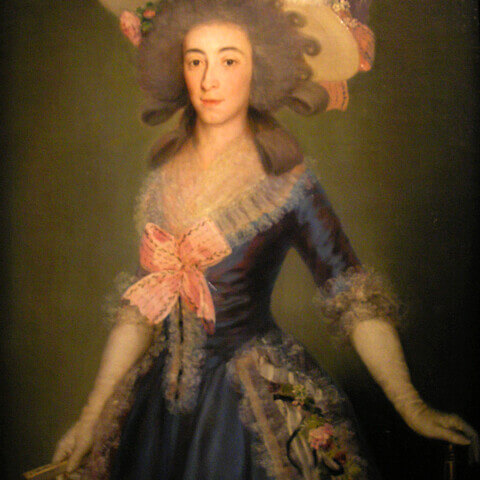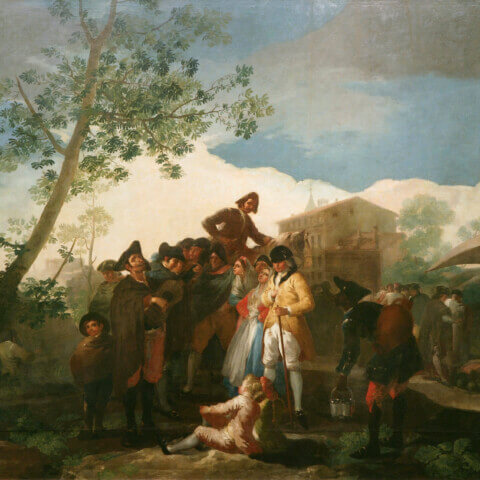Francisco Goya
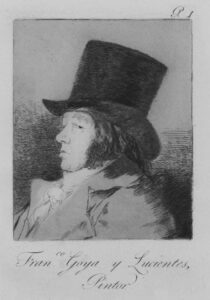
Francisco José de Goya y Lucientes (1746–1828) was a Spanish romantic painter and printmaker. Born in the small village of Fuendetodos, Spain, Goya is often celebrated as one of the most important figures in Spanish art history, and he has left a considerable legacy in international art.
Goya began his art studies under the tutelage of painter José Luzán at the tender age of 14, before moving on to study in Madrid and later Italy. On returning to Spain, he became a painter for the royal court and a leading portraitist of his day. His portraits of Spanish aristocrats are characterized by a directness and honesty that revealed his subjects’ personalities with unprecedented clarity and insight.
In the 1790s, Goya’s work began to change, influenced by the political turmoil of the era, including the Peninsular War (1807-1814). His works became darker, displaying his growing disillusionment and cynicism towards societal corruption and violence. His “Disasters of War” series is a grim record of the horrors and atrocities of the war, considered some of the first modernist works due to their stark realism and emotional intensity.
Later in life, Goya became increasingly isolated due to illness and personal troubles, and his work reflected his despair and introspection. His series of “Black Paintings”, created as murals on the walls of his home, is a haunting exploration of psychological turmoil and the darker corners of human nature.
Goya is often seen as both the last of the Old Masters and the first of the moderns. His willingness to depict the world in all its glory and horror, combined with his innovative technique and vision, makes him an enduringly relevant figure in the history of art. Despite his often-grim subject matter, Goya’s ability to depict the human condition in all its forms has left a profound impact on artists and art enthusiasts alike. His influence can be seen in the works of numerous artists who came after him, from Édouard Manet and Pablo Picasso to Francis Bacon.

